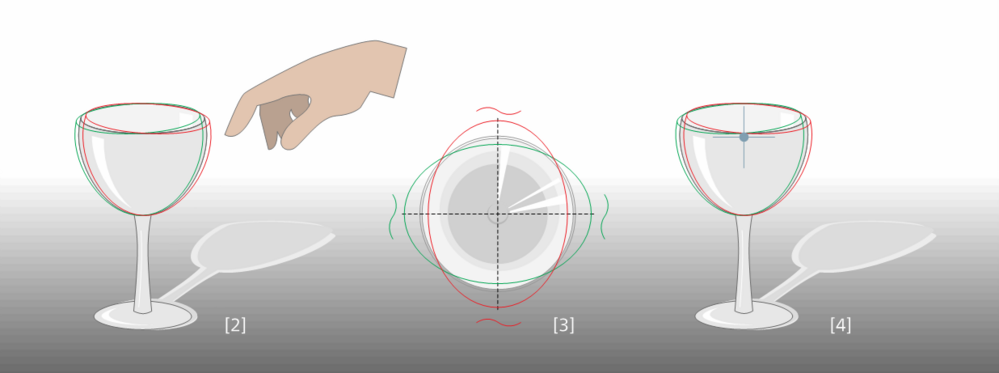Standard 30 MF HRG Gyro Compass
The Hemispherical Resonator Gyroscope is a high performance angular rate or rotation sensor. The Anschütz Standard 30 MF Gyro Compass is a maintenance free gyro compasses based on this hemispherical resonator gyro (HRGs) technology. The use of HRG technology together with the simple design makes it extremely reliable with no wear and tear and no need for maintenance.
The use of HRG technology together with the simple design makes it extremely reliable with no wear and tear and no need for maintenance. The mean time between failures (MTBF) value of Standard 30 MF is more than 100,000 hours which is a multiple of the MTBF values of optical gyros (such as FOGs).
The HRG technology has already been used in Horizon MF – the predecessor of Standard 30 MF – and has proven its reliability and accuracy in more than one hundred installations. The new Standard 30 MF is even smaller as its predecessor, can be used as rate-of-turn indicator (required for vessels above 50.000 GT according to SOLAS) and features an optimized integration into a Anschütz heading management system. With Ethernet and CAN-bus interfaces, cabling efforts are minimized.
The Anschütz Standard 30 MF Gyro Compass has a strong focus on robustness. Among others, Standard 30 MF settles at rough-seas and provides heading output (with reduced accuracy) even if speed and latitude input fails – a significant difference to other compass systems.
For vessel with DP system, Standard 30 MF offers an additional benefit: some classification societies allow to replace a motion reference unit (MRU) with the roll and pitch output of Standard 30 MF. This reduces investment cost but also maintenance cost as no periodical drift calibration is required.
KeyBenefits
High accuracy & reliability
Standard 30 MF uses superior hemispherical resonator gyro technology, known from air and space applications, proven in more than 500 compass systems.
- Ultra-robust design, high accuracy over lifetime without drift
- Settling time of only one hour, settles at rough sea states
- Provides heading output even if speed and latitude input fails – a significant advantage over other compass systems
Advanced functions
Standard 30 MF provides a multitude of features and is easy to integrate into the most varied system environments.
- Heading sensor and MRU in one (roll and pitch output), thus reduction in investment and maintenance cost
- Webserver functionality for configuration, software update and diagnosis – no need of proprietary tools
- Approved as gyro compass, gyro compass for high speed craft and rate-of-turn indicator
Worry free operation
State-of-the-art design and maintenance-free operation make Standard 30 MF perfect for demanding newbuilding and retrofit projects.
- Superior and durable HRG technology (MTBF >100,000 h)
- High cost-effectiveness over lifetime, free of maintenance
- Less complex than other strap-down compasses (such as FOGs), resulting in long lifetime and high long-term stability
-
Here is how the technology works



MainFeatures
Highest operational safety under harshest environmental conditions.
- High accuracy of 0.25 degrees, ultra-robust design
- Integration of up to four sensors, including third-party compasses (up to three gyro compasses, or two gyros and a GNSS THD, and a magnetic compass)
- CAN bus based real time network with up to 400m cable length
- Heading monitor, with manual or automatic switch over of gyro compasses
- Automatic correction of magnetic heading by deviation and variation (with GNSS receiver)
- Quick settling mode
For more information, please download the brochure.
